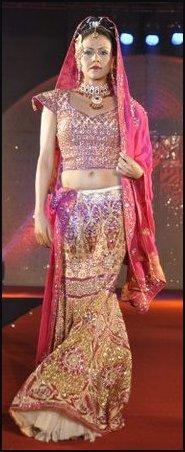Kurta For Men Biography
Source (google.com.pk)All the men out there just get ready because here we are all allocating out with the Pakistani kurta shalwar for men 2014. As we all know that when we opt out one clothing for the religious and wedding occassions for men then we always make the best and first choice of kurta shalwar. Kurta shalwar is known as one of the comfortable clothing for the men that even give away the feel of being traditional as well. So far inside the fashion market there are many trends of kurta shalwar that has been showcased. There are many clothing brands and fashion designers as well that introduce their special collections of kurta shalwar for men.
In this article we will going to paste some fine looking pictures of Pakistani kurta shalwar for men 2014. In the pictures the men will going to grab some of the lovely looking kurta shalwar designs that are simply eye catching.
Kurta shalwar can be alternated out for the casual wear and even for the wedding wear as well but the actual difference do arise in the form of decoration. Casual kurta shalwra are all adorned with the light and soft beautification of the embroidrery over the sleeves and cufflinks as many of them are even kept as simple and plain in styling as well. For the wedding wear the kurtas are although simple but the little stone working is done that is evident over the neckline, sleeves and cufflinks as well.
Kurta shalwar is one such clothing that can be choosen best for the men of all the ages. Most of the men make the finest choice of the kurta shalwar for the weddings, mehndi occassions, religious happenings and Jumma Mubarak as well. As the fashion planet starts spinning the trends of men kurta shalwar even keeps on changing as well.
This unique eid collection has been specially set up for the summer season. Bonanza 2014 Shalwar Kurta eid collection includes a variety of dresses shalwar kurta for men. All dresses shalwar kurta are designed according to the latest trends and fashion styles for 2014 eid and ramadan. All kurtas in this collection are adorned with beautiful embroidery. Basically, the fashion brand Bonanza offers elegant and dignified dresses for men. The fashion brand Bonanza offers a wide range of shalwar kurta, men’s suits, jackets vest, sherwanis and turbans for men. The main mission of this fashion designer to provide high quality and decent dresses for men…
This unique eid collection has been specially set up for the summer season. Bonanza 2014 Shalwar Kurta eid collection includes a variety of dresses shalwar kurta for men. All dresses shalwar kurta are designed according to the latest trends and fashion styles for 2014 eid and ramadan. All kurtas in this collection are adorned with beautiful embroidery. Basically, the fashion brand Bonanza offers elegant and dignified dresses for men. The fashion brand Bonanza offers a wide range of shalwar kurta, men’s suits, jackets vest, sherwanis and turbans for men. The main mission of this fashion designer to provide high quality and decent dresses for men…
Kurta For Men Sherwani Designs 2014 For Groom By Manish Malhotra By Amir Adnan By Junaid Jamshed By Deepak Perwani Photos

Kurta For Men Sherwani Designs 2014 For Groom By Manish Malhotra By Amir Adnan By Junaid Jamshed By Deepak Perwani Photos

Kurta For Men Sherwani Designs 2014 For Groom By Manish Malhotra By Amir Adnan By Junaid Jamshed By Deepak Perwani Photos

Kurta For Men Sherwani Designs 2014 For Groom By Manish Malhotra By Amir Adnan By Junaid Jamshed By Deepak Perwani Photos

Kurta For Men Sherwani Designs 2014 For Groom By Manish Malhotra By Amir Adnan By Junaid Jamshed By Deepak Perwani Photos
.jpg)
Kurta For Men Sherwani Designs 2014 For Groom By Manish Malhotra By Amir Adnan By Junaid Jamshed By Deepak Perwani Photos

Kurta For Men Sherwani Designs 2014 For Groom By Manish Malhotra By Amir Adnan By Junaid Jamshed By Deepak Perwani Photos
.jpg)
Kurta For Men Sherwani Designs 2014 For Groom By Manish Malhotra By Amir Adnan By Junaid Jamshed By Deepak Perwani Photos

Kurta For Men Sherwani Designs 2014 For Groom By Manish Malhotra By Amir Adnan By Junaid Jamshed By Deepak Perwani Photos

Kurta For Men Sherwani Designs 2014 For Groom By Manish Malhotra By Amir Adnan By Junaid Jamshed By Deepak Perwani Photos




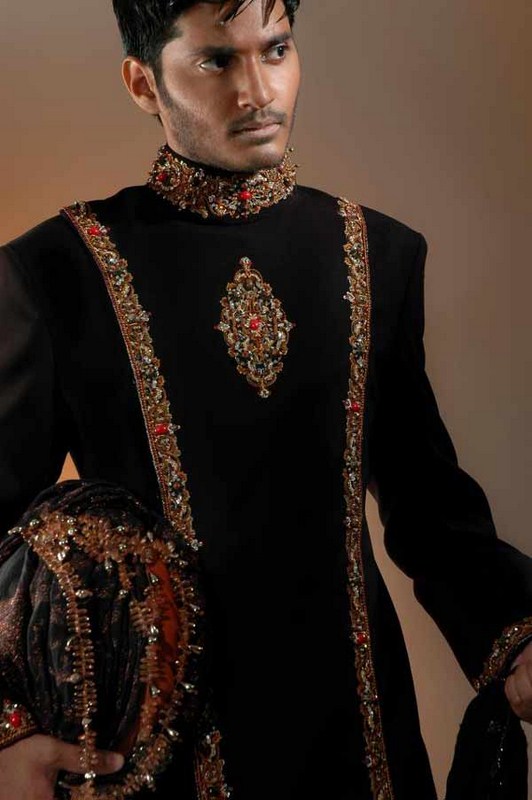







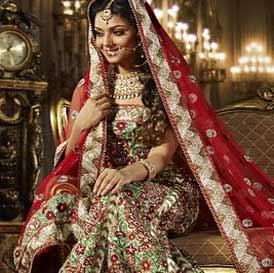
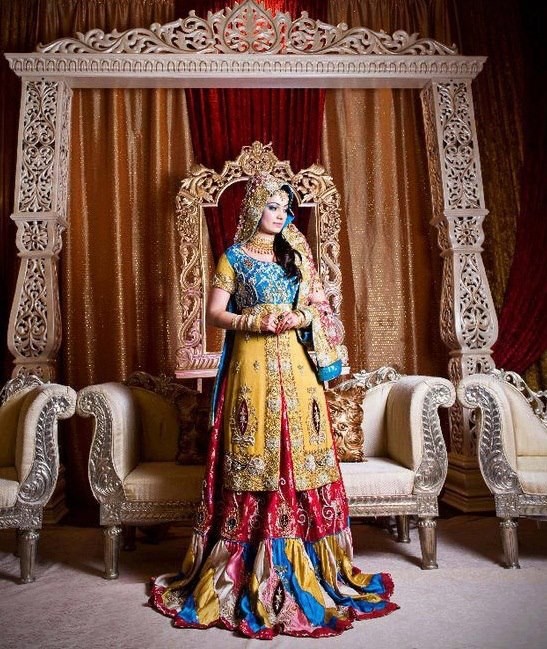
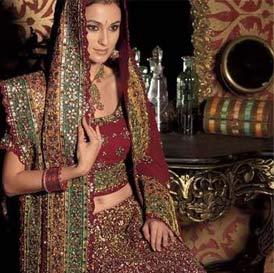














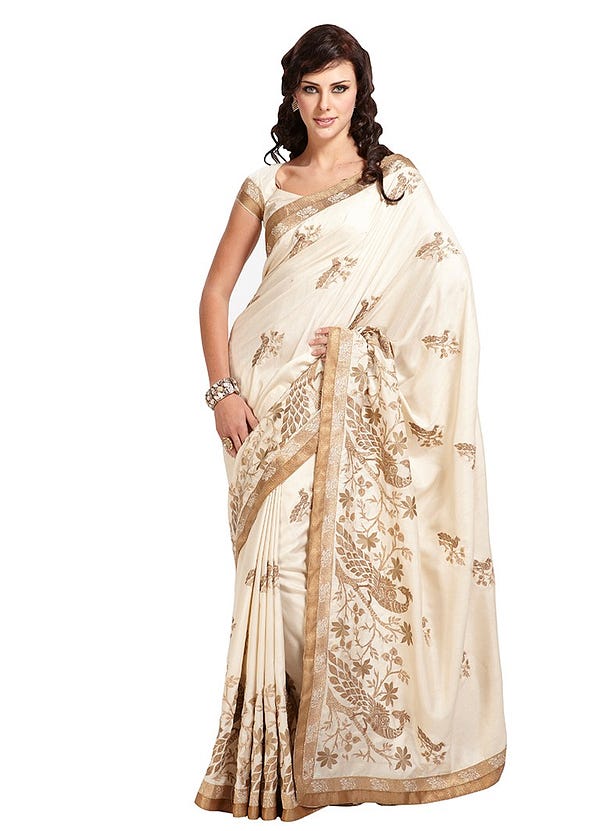




.jpg)

